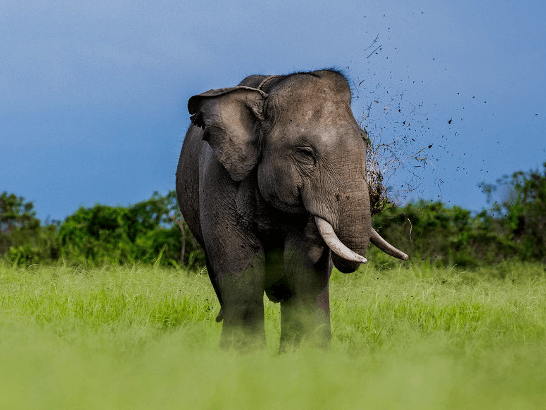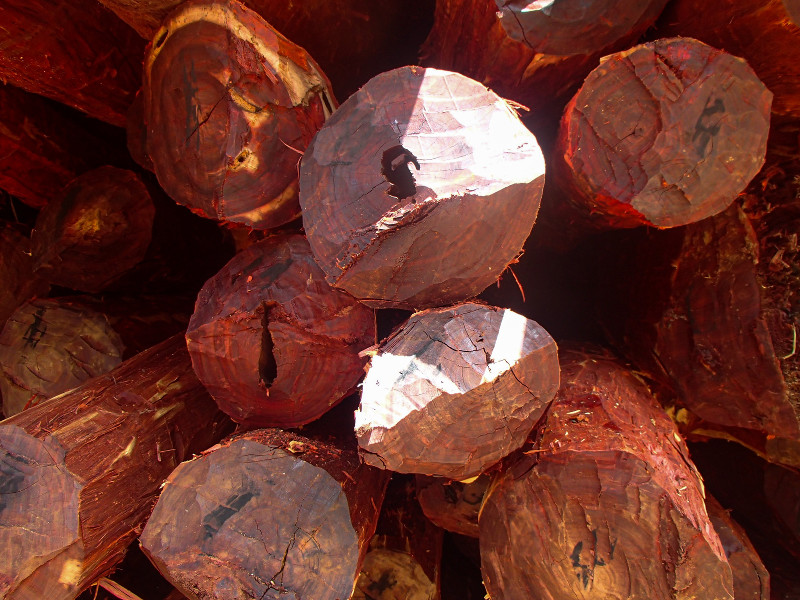Baobab (Adansonia digitata L., Malvaceae) seed oil contains Fatty Acids (FAs) with commercial and cosmeceutical value. The influence of provenance and geographical region on FAs profile and content of seed oil from baobab wild populations in sub-Saharan Africa (SSA) was assessed in this study. The FA profiles were determined as fatty acid methyl esters (FAME) by Gas Chromatography (GC). Generally, the seed oil contained 17–22% saturated fatty acids (SFA), 32–38% monounsaturated fatty acids (MUFA) and 22–26% polyunsaturated fatty acids (PUFA). Palmitic acid (C16:0) was the most abundant SFA, while oleic (C18:1) and linoleic acid (C18:2, LA) were the dominant MUFA and PUFA, respectively. There existed significant (p
DOI:
https://doi.org/10.1016/j.sajb.2019.01.026
Altmetric score:
Dimensions Citation Count:

Publication year
2019
Authors
Muthai, U.K.; Indieka, A.S.; Muchugi, A.; Karori, S.M.; Mng'omba, S.; Ky-Dembele, C.; Jamnadass, R.
Language
English
Keywords
seeds, seedlings, small scale farming
Geographic
Kenya, Tanzania, Mali, Zambia, Zimbabwe, Malawi






















